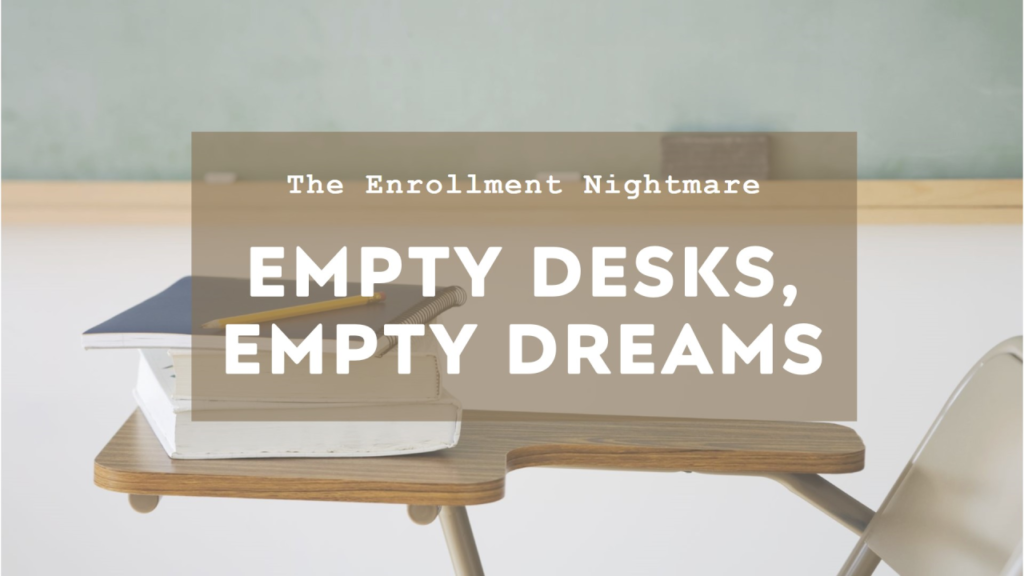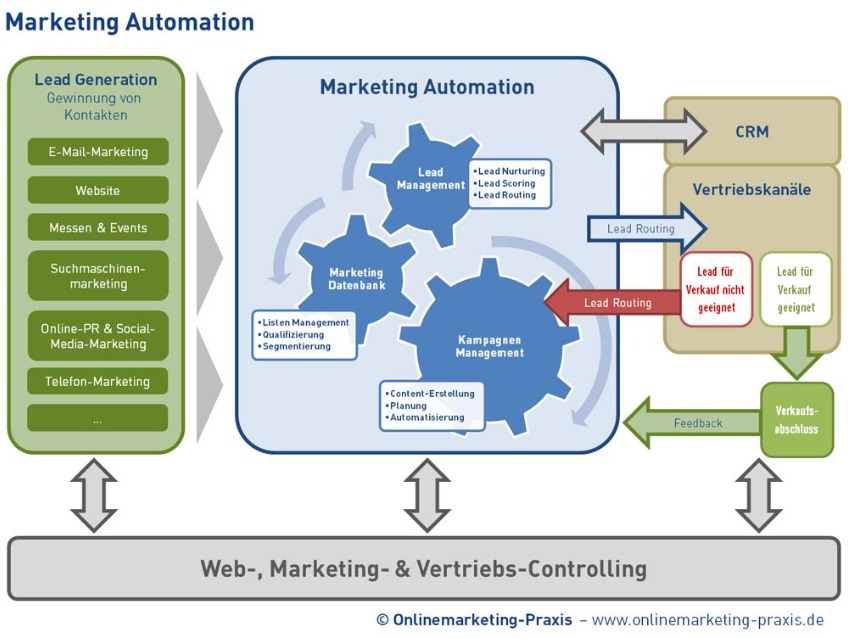The Enrollment Tightrope: Balancing Revenue, Faculty, and Customer Needs
Scenario: You’re an enrollment dean, walking a tightrope. On one side, you’ve got the CFO yelling, “Show me the money!” On the other, there’s the faculty choir singing, “Leave us alone, we’re the experts!” And below? A sea of parents waving their wallets, demanding, “Give us our money’s worth!” Welcome to the enrollment management circus, folks. It’s a three-ring spectacle where you’re constantly juggling the needs of the CFO, the faculty, and the customers. And let me tell you, dropping any of these balls isn’t an option. But here’s the kicker: This isn’t really a three-way challenge. It’s a coordination problem. And if you’re not careful, it’ll turn into a full-blown crisis faster than you can say “tuition increase.” Let’s break it down: The CFO’s Dilemma: Numbers, Numbers, Numbers The CFO is like a hungry beast that needs to be fed with cold, hard cash. They’re not interested in your sob stories about market saturation or customer satisfaction. They want one thing: balanced books. But here’s where it gets tricky. If the CFO isn’t considering the quality of the program or the size of the full-pay market, they’re setting you up for failure. It’s like asking you to fill an Olympic-sized pool with a teacup. The solution? Get the CFO to look beyond the spreadsheets. They need to understand that investing in program quality and admission support is like planting seeds for a money tree. It might cost more upfront, but the payoff? Oh, it’s worth it. The Parent Paradox: Experts in Their Own Minds Parents are a funny breed. They’ve raised a whopping 2.5 kids on average, and suddenly they’re educational experts. They want the best for their kids, sure, but they also think they know what that “best” looks like. Here’s the rub: These parents are your golden geese. They’re willing to shell out big bucks for education, but they also want a say in what that education looks like. Ignore them at your peril. The fix? Communication, communication, communication. Explain your program like you’re talking to a five-year-old (because in educational terms, that’s what these parents are). Show them why your way works, and counsel out the ones who still don’t get it. Remember, it’s easier to find a new customer than to satisfy an impossible one. The Faculty Fortress: Flexibility vs. Autonomy Ah, the faculty. Bless their hearts. They’re on a mission from God to educate young minds, and they don’t want any mere mortals (read: parents or administrators) interfering. But here’s the truth bomb: Flexibility isn’t a four-letter word. The faculty needs to understand that bending a little won’t break them. In fact, it might just save their jobs. The answer? Find the sweet spot between flexibility and autonomy. Encourage the faculty to be more accommodating to full-pay customers’ needs, as long as it doesn’t derail the school’s mission. After all, those “absorbent” tuitions are paying their salaries. The Grand Finale: Coordination is Key Here’s the secret sauce: Coordination. It’s not enough to juggle these three groups. You need to get them dancing to the same tune. And that, my friends, is where the enrollment office comes in. But here’s the catch: You can’t do it alone. You need the head of school in your corner, championing this coordinated effort. Without that support, you’re just spinning plates and hoping they don’t crash. So, what’s the takeaway? Stop seeing this as a three-way challenge. Start seeing it as a coordination opportunity. Get the senior team to manage these groups strategically, not informally. Because if you don’t, you’ll find yourself watching full-pay families walk out the door faster than you can say “budget deficit.” Remember, in the enrollment game, you’re not just filling seats. You’re orchestrating a delicate balance between financial needs, educational excellence, and customer satisfaction. It’s a high-wire act, sure, but with the right coordination, you can turn it into a standing ovation. Now, go out there and start coordinating. Your budget (and your sanity) will thank you.
The Enrollment Tightrope: Balancing Revenue, Faculty, and Customer Needs Read More »










